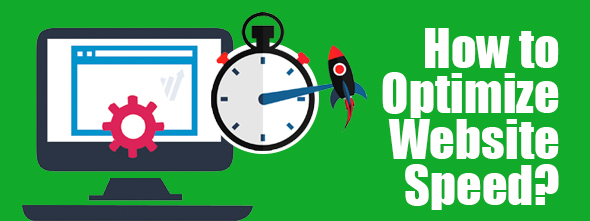
How to Optimize Website Speed: A Guide

There was a time when designers and developers thought of creating a website and giving them a good look. But in today’s market the main mantra is to create an appealing site that has a superb loading speed from any sort of internet connections. Having worked as a designer for the past many years, I often wonder that there are many sites that take a long time to load, but the business owners are actually not aware of its negative side effects. Slow loading sites often have a low page ranking and they also reduce the performance and miss on many business opportunities.
So, here in this writing I would discuss with you the various tips that can help your website to gain speed and remain competitive in the market.
1. Reduce HTTP requests: According to a survey, 80% of the web page’s loading time is spent on various parts of the page that include style-sheets, scripts, Flash, images and etc. An HTTP request is made for each element and this makes the site slow down. So, to improve the website speed, you can streamline the number of elements on the page, combine multiple style sheets into one and even use CSS instead of images, use less plugins and ensure that they are deactivated when not in use.
2. Use compression: Compression method reduces the bandwidth of the pages and helps them to load fast. For this, you have to use compression tools like Gzip. Most servers can do this before sending the files for download and this is a great option to increase the speed of the site.
3. Use a content delivery network: A website can be viewed from any part of the world. Using a content delivery network ensures that the website loads instantly irrespective of the location from where your visitors are. Cloud-flare is one of the best CDN.
4. Allow browser caching: With browser caching, your site can easily get loaded for repeat users by storing some parts of the site on their browser. In this way visitors do not have to load everything from scratch every time they visit the site. For all cache-able resources, you can set Expires time to a minimum one week and up to one year in the future.
5. Optimize images: Oversized images often take a long time to load and so it is important to crop your images to the correct size to speed up your page load time. You can also remove image comments and reduce the color depth to the lowest level that is acceptable.
6. Minify your codes: Removing whitespaces, CDATA sections, HTML comments and empty elements will also decrease your page size and speed up load time. Tools like Will Peavy Minifier and Autoptimise can compress the codes and support CDN as well.
There are various other ways to increase the speed of a web page, but I have tried to mention the most important ones so that you can follow them and reduce the loading time of your site to reach business goals faster.